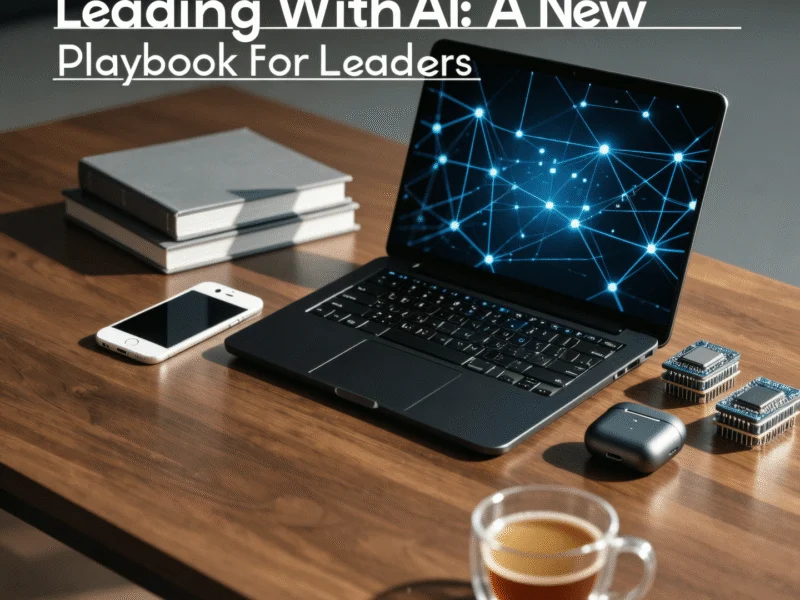AI-Driven Job Cuts Accelerate in September
Are you concerned that artificial intelligence might replace your role? Recent data from outplacement firm Challenger, Gray & Christmas confirms these fears are valid, with 7,000 jobs cut due to AI in September alone. This figure excludes over 20,000 roles eliminated from broader technological advancements, many likely AI-related. The spike represents a dramatic increase from earlier in 2025, when just over 10,000 AI-linked layoffs occurred across the first seven months. For deeper insights into this trend and actionable career advice, explore our analysis at imdsolution.com.
To navigate this shifting landscape, experts recommend embracing AI tools to enhance productivity or preemptively searching for new opportunities. Additionally, maintaining financial stability and recognizing early layoff red flags can provide a crucial buffer. As industries adapt, understanding the broader economic context is essential; for instance, the reemergence of 1970s-style inflation patterns could influence job markets and investment strategies.
Tech Innovations and Their Impact on Employment
Technological progress continues to reshape workplaces, with AI at the forefront. Microsoft, for example, has developed an in-house image generator that excels in LMarena benchmarks, highlighting rapid AI advancements. Meanwhile, Azure’s online migration tools streamline cloud transitions, potentially reducing IT staffing needs. However, technical hurdles persist, as seen with the Windows 11 Media Creation Tool issues on certain devices, reminding us that innovation isn’t always seamless.
OpenAI’s latest model, GPT-5, claims to reduce political bias by 30%, addressing ethical concerns but also raising questions about job roles in content moderation and analysis. Concurrently, regulatory scrutiny intensifies, with Microsoft facing an antitrust lawsuit over its OpenAI partnership, which could influence how AI technologies are deployed across sectors.
Athletes Leverage LinkedIn for Career Moves
LinkedIn, traditionally a hub for corporate professionals, is now attracting athletes announcing career transitions. Minor league hockey player Chase Priskie revealed his move to a Russian team on the platform, a habit stemming from a college Business 101 assignment. High-profile examples include Formula 1’s Lewis Hamilton, who tagged his Ferrari shift with #newjob, and L.A. Clippers’ Chris Paul, who promoted his production company launch. British swimmer Matt Richards and soccer star Alex Morgan have also used LinkedIn to share business ventures and role changes, blurring lines between sports and entrepreneurship.
Workplace and Economic Updates
Recent developments highlight ongoing labor market tensions. Elon Musk settled a $128 million severance lawsuit with former Twitter executives, requiring him to meet unspecified conditions. Delta Air Lines’ open-door policy contributed to its No. 2 ranking on Forbes’ World’s Best Employers list, trailing only Microsoft. However, the government shutdown has obscured jobs data, with private indicators pointing to a grim hiring outlook. Amid this, President Donald Trump assured troops would receive paychecks on October 15, alleviating concerns for 1.3 million essential military personnel.
Unionization is rising among white-collar workers in banking, law, and tech, driven by AI anxieties and sudden layoffs. A study by Harvard, Brown, and UCLA researchers found employees are willing to take a significant pay cut for remote work flexibility, underscoring shifting priorities in the post-pandemic era.
Strategies to Future-Proof Your Career
If your job is vulnerable to AI disruption, proactive steps are crucial. Use AI to become a “superworker” or pivot to new fields. Monitor financial health and watch for layoff warning signs, such as reduced responsibilities or hiring freezes. For those already affected, career reclaim strategies include networking, skill-building, and exploring emerging industries. Engaging with resources like Forbes’ discussions on “AI-proofing” careers can provide additional guidance for navigating these challenges.



